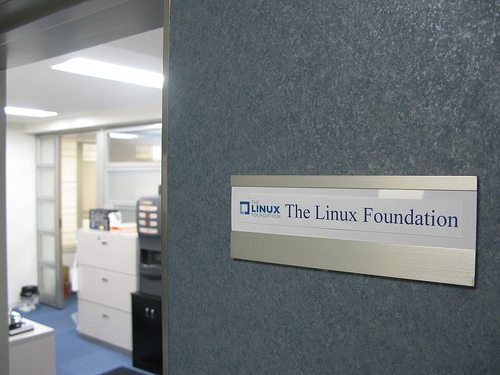It’s no secret network functions virtualization (NFV) and software-defined networking (SDN) are shaping the telecom industry. Spearheading the shift to a virtualized network is The Linux Foundation, which hosts numerous projects aimed at building a strong open ecosystem for telecom operators.
History of The Linux Foundation
The roots of The Linux Foundation trace back to a computer science student named Linus Torvalds who launched a free operating system in 1991. Developers across the globe began contributing their code to the project. Torvalds named the open source kernel Linux, selecting a penguin as it’s mascot. He then chose the General Public License (GPL), created by Richard Stallman, to allow anyone to use, change and share the software.
Many companies built businesses using Linux, giving rise to a commercial ecosystem. In 1999, Red Hat became the first Linux company to go public, and IBM spent $1 billion to enhance and advertise the operating system. By revolutionizing computing, The Linux Foundation quickly became a force in the industry. Today, the kernel development community numbers in the thousands, powering servers that provide Google, Facebook, Ebay and Twitter, to name just a few. Approximately 95% percent of supercomputers are run by The Linux Foundation.
Impact on the telecom industry
Several service providers have jumped on board projects hosted by The Linux Foundation as the telecom industry leverages NFV and SDN. For example, in April 2013, The Linux Foundation hosted the OpenDaylight Project in an effort to advance NFV and SDN. In September 2014, the nonprofit launched the Open Platform for NFV Project (OPNFV) in order to foster the development of NFV components across a myriad of open source ecosystems. Founding members of the program include AT&T, Brocade, China Mobile, Cisco, Dell, Ericsson, HP, Huawei, IBM, Intel, Juniper Networks, NEC, Nokia Networks, NTT DOCOMO, Red Hat, Telecom Italia and Vodafone.
The OPNFV closely collaborates with the European Telecommunications Standards Institute (ETSI) among others to ensure the continual use of open standards. While the initial aim of the project is to develop an NFV infrastructure and Virtualized Infrastructure Manager (VIM), it has other initiatives according to The Linux Foundation’s website including:
- Develop an integrated and tested open source platform that can investigate and verify essential NFV functionality.
- Include proactive participation of leading end users to ensure OPNFV fulfills the needs of the end user community.
- Establish an open ecosystem for NFV solutions founded on open standards and open source software.
More recently, AT&T made available its Enhanced Control, Orchestration, Management and Policy (ECOMP) platform, which is managed by The Linux Foundation, to the general telecom industry. The aim of the release is to make the ECOMP platform the industry’s standard for automating NFV and SDN capabilities. The Linux Foundation later merged its ECOMP platform with the Open Orchestrator Project to forge the Open Network Automation Platform Project. The intent of the merger is to focus on open source orchestration and management efforts designed to automate virtual network functions.
The Linux Foundation is shaping the telecom industry alongside NFV and SDN. The Linux Foundation provides operators around the world with the tools to improve support systems. To learn more about what The Linux Foundation is doing for the telecom industry, watch the video below.

